
Tier suppliers are reimagining their business models and product portfolios as the shift to electric vehicles gains momentum.
One of the technology leaders which is making the transition is BorgWarner. The group has unveiled “Charging Forward”, which is its plan to grow revenue from electric vehicles to approximately 45% of total revenue by 2030 from less than 3% in 2021. The plan comprises three pillars: organic EV growth, EV focused M & A and optimizing the company’s combustion portfolio through the planned dispositions of businesses with between US$3 billion and US$4 billion in aggregate revenue.
Automotive Industries (AI) spoke to Frédéric Lissalde President and Chief Executive Officer of BorgWarner, and Dr Stefan Demmerle, President & General Manager PowerDrive Systems at BorgWarner.
We asked whether the switch to electric vehicles going to be this quick. 2030 is just eight years away.
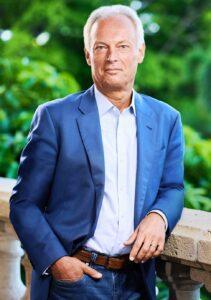
Demmerle: No one can say with absolute certainty when this transition will happen. And the reality is that every region in the world is in a different stage of this journey. BorgWarner bases our plan on robust market data and analysis and close customer relationships to partner together. We expect 45% of our revenue to come from EVs in 2030.
AI: What are your predictions for the less industrialized world where the electric grids cannot cope with existing demand?
Demmerle: There is still a lot of technology and advancement in internal combustion engines (ICE). In less industrialized areas of the world, BorgWarner can still provide support. We expect 45% of our revenue to come from EVs in 2030, the remaining 55% from combustion and hybrid.
AI: How is BorgWarner going to remain profitable during the transition period?
Lissalde: BorgWarner is currently and always has been focused on financial strength and discipline. This is why we’ve been around for over 100 years. We are laser-focused on delivering strong margins and free cash flow. Portfolio management plays a key part in this.
AI: BorgWarner speaks about “organic” and “inorganic” growth. Please explain the difference and how they will be achieved.
Lissalde: Organic growth refers to new products or systems solutions that evolve from in-house research and development and go into production.
We’ve achieved organic growth with new products like the high voltage eFan and high voltage coolant heater (HVCH). The eFan’s efficient and robust 40k
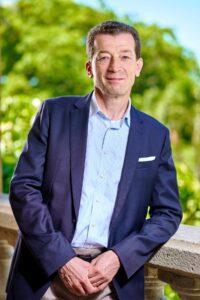
W system combines a cooling fan, electric motor and inverter. The eFan is going into production in 2024 with a European battery electric heavy-duty long-haul truck manufacturer.
The HVCH controls the battery’s thermal management and cabin heating and contributes to significantly enhancing the driving range and durability of the battery. The HVCH is going into production with the BMW Group’s iX and i4 fully electric architecture.
Inorganic growth refers to product line growth the company achieves through acquisitions.
For example: In February 2022, BorgWarner finalized the acquisition of BorgWarner AKASOL AG, a designer and manufacturer of customizable, cell-agnostic battery packs for use in buses and commercial vehicles. AKASOL is expected to significantly strengthen the company’s commercial vehicle and industrial electrification capabilities, which positions the company to capitalize on what it believes to be a fast-growing battery systems market.
AI: Where do you see potential for partnerships?
Lissalde: BorgWarner is actively working on partnerships and investments that support our product lines and our Charging Forward strategy.
For example, in December 2021, we entered into an exclusive licensing agreement with PolyCharge America, a start-up company formed based on our Series A investment and prior joint development to deliver disruptive capacitor products. With this agreement, BorgWarner secured exclusive rights to bring the PolyCharge NanoLamTM capacitors in-house for use in the company’s extensive selection of inverters. The capacitors enable high-power inverters to be smaller, lighter, and more tolerant to high temperatures. The investment strengthens our inverter capabilities and offerings.
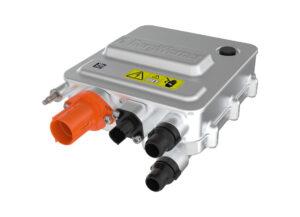
AI: BorgWarner plans to dispose of a number of products in your internal combustion-related portfolio. What is the value for potential buyers if the market is declining?
Demmerle: The current end market environment conditions with the volatility we’ve seen with the US$76 million global light vehicle market and with the supply chain uncertainties, has absolutely had an impact on the buyers – broadly buyers’ willingness to engage in some of these discussions.
We do have a pipeline that we’re pursuing to drive toward that US$1 billion of dispositions later this year. It’s going to be helpful for us to see a more stable market environment because the appetite is there when the market is more stable and more certain.
With our active product portfolio management, our goal is to optimize our combustion portfolio. The products we would be looking to divest are not bad products; they would be better suited with a different owner.
Our focus is on executing our strategic plans, controlling what we can control and making sure
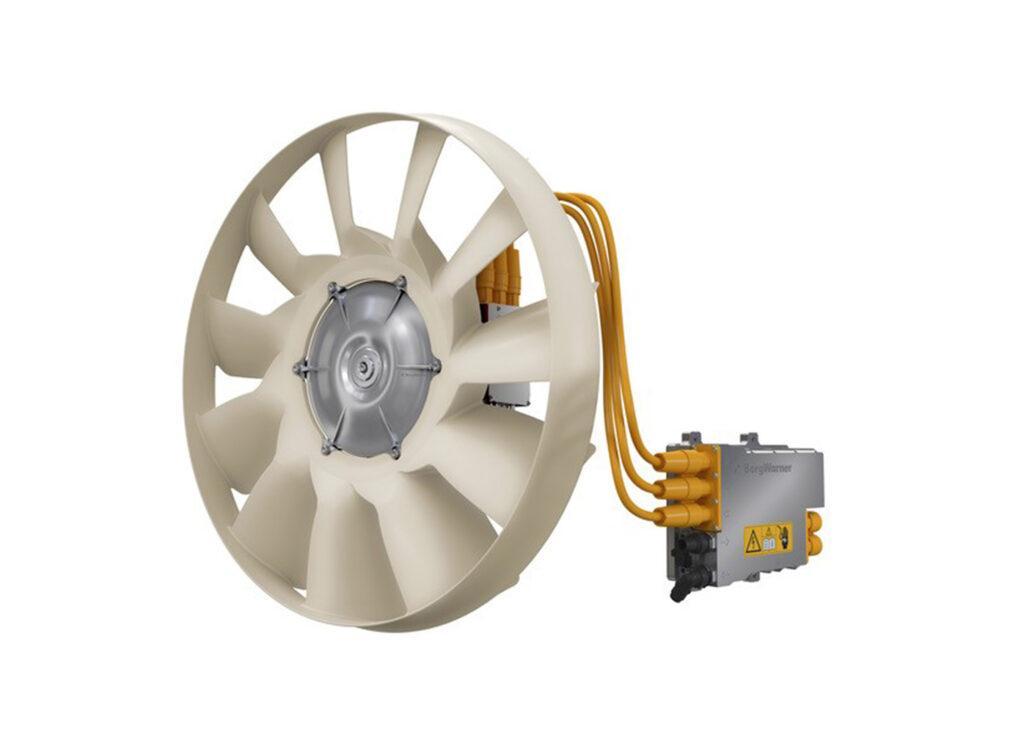
we get good value for the assets that we dispose of.
AI: One of the competitive advantages you list is “award-winning teams”. New skills will be required for the electric drivetrain portfolio. What is being done to upskill/reskill BorgWarner people?
Demmerle: We are evolving our business through Charging Forward, and a key facet of that strategy is also evolving the skills of our existing talent so our workforce is
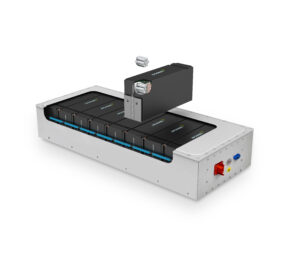
sustainable. “Power to Evolve” is a training program created in partnership with leading universities in the U.S. and Europe to increase our talent’s knowledge of and skills for electrical engineering. Employees learn hands-on skills required for productive work and complete modules for inverters, batteries, and motors. We’ve had a few cohorts “graduate” from the program and it has been a success for us.
AI: What next for BorgWarner?
Lissalde: BorgWarner will continue to deliver on Charging Forward, achieve our goal of Carbon Neutrality by 2035 (in Scope 1 and 2 emissions), continue progress on diversity, equity and inclusion and ESG targets.





More Stories
What You Should Know Before Filing a Car Accident Claim
Injured in a Car Accident in St. Louis? Here’s What to Do Next
Historic Sportscar Racing (HSR) and Goodyear Announce Multi-Year Partnership